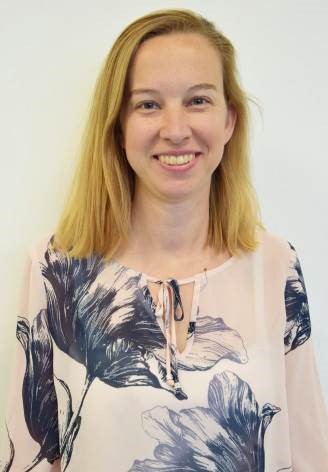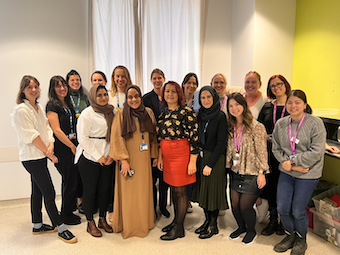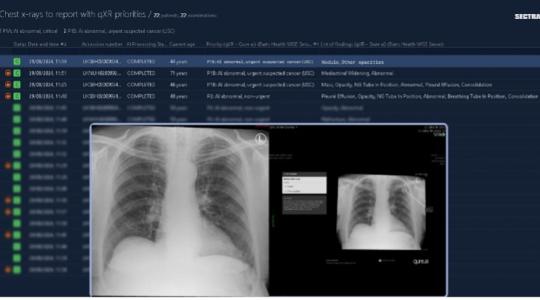Improving the patient experience for the head and neck cancer pathway
An innovative 12-month pilot is set to get underway at Barts Health, which looks to make improvements and reduce waiting times for suspected head and neck cancer patients.
Traditionally, Ear, Nose and Throat (ENT) consultants have led suspected head and neck cancer clinics.
Data shows that less than 5% of patients who are referred for suspected head and neck cancer to these clinics will actually be diagnosed with cancer.
Patients are mainly coming forward with symptoms such as pain, hoarse voice and swallowing problems. Once they are given the all-clear from head and neck cancer, as happens in the majority of cases, they are then referred to the speech and language therapy team.
The big difference with this pilot is that a Speech and Language therapist (SLT), who has trained to become an Advanced Clinical Practitioner (see description below) will run suspected head and neck cancer clinics alongside ENT consultants, so patients have immediate access to the services they are most likely to need. It is all about getting it right first time and reducing the time patients are waiting to be seen.
Patients will receive a one-stop-shop clinical experience, which will provide bespoke management, and aims to discharge patients safely to free up space for ENT clinics for those who need specialist support. This should lead to reduced waiting times and a better experience all round.
Lindsay Lovell (pictured below), Clinical Lead Speech and Language Therapist for Barts Health, explains: “This approach is showing good outcomes in other parts of the country – trials have shown it is safe, with no missed cancer diagnoses; it is effective, as the patient is seeing the right clinician at the right time, and it frees up capacity within the ENT and SLT systems.
“This will have a positive impact on meeting the national Faster Diagnosis Standards and cancer waiting times. We are also hoping to free up ENT registrars’ time to do more follow up clinics and to reduce the waiting lists for speech and language therapy.”

When is this happening?
For this pilot to work, we need to front-load the system with speech and language therapists and to do this we need to undertake some recruitment, which is currently underway.
What does it mean for patients?
Patients will be referred in the usual way onto the head & neck suspected cancer pathway. Patients will be advised that they will see a member of the clinical team in the suspected cancer clinic and more information will be provided at the time they are seen.
What is an Advanced Clinical Practitioner?
Advanced clinical practitioners come from a range of professional backgrounds such as nursing, pharmacy, paramedics and occupational therapy. They are healthcare professionals educated to Master’s level and have developed the skills and knowledge to allow them to take on expanded roles and scope of practice caring for patients.
HEE (Health Education England) have led this development across the country and to find out more about this practice please visit:
https://www.hee.nhs.uk/our-work/advanced-clinical-practice/what-advanced-clinical-practice
Where do I find out more?
If you would like to find out more, please contact Lindsay Lovell on bhnt.headandneckslt@nhs.net






